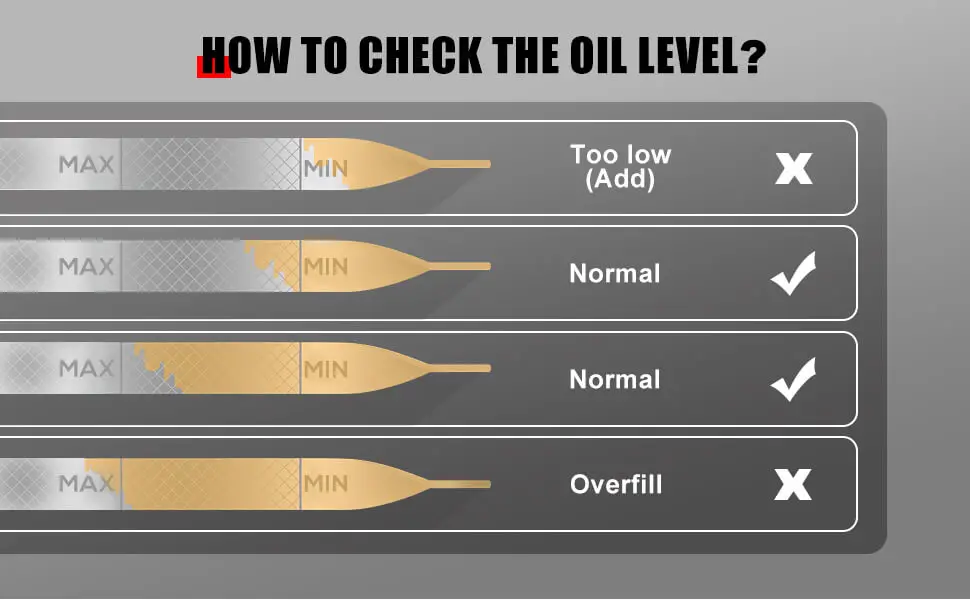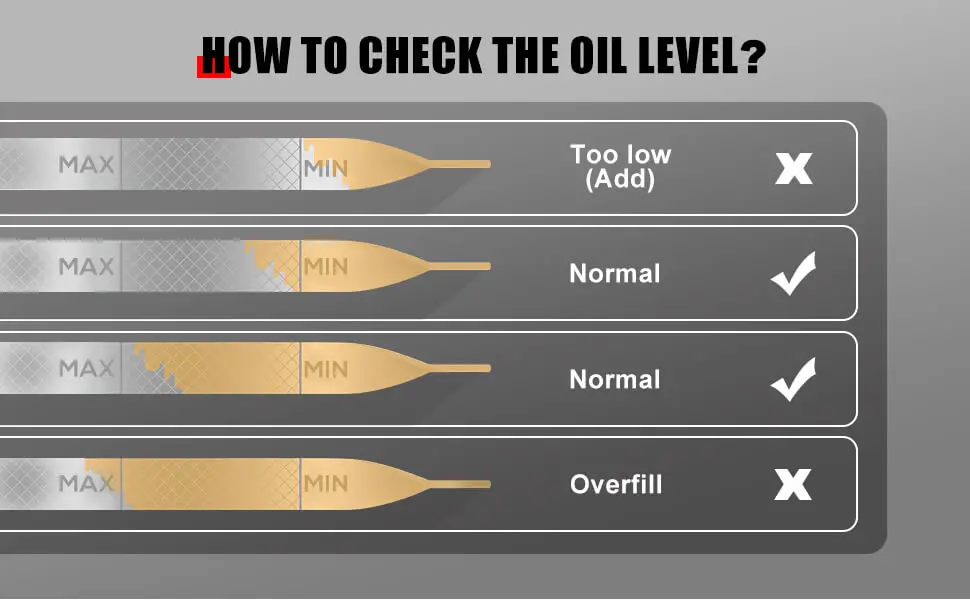How to Read the Oil Level on a Dipstick
 Drashco
Drashco
Properly maintaining your vehicle is crucial to ensuring its longevity and performance.
One important aspect of maintenance is regularly checking the oil level. In this article, we will guide you through the process of reading the oil level on a dipstick.
What is a Dipstick?
A dipstick is a long, thin tool that is inserted into the engine oil pan to check the oil level.
The dipstick is typically located near the front of the engine and is easily accessible. It is marked with "min" and "max" indicators to show the safe range of oil levels.
Checking the Oil Level
- Start by parking your vehicle on a level surface and turning off the engine;
- Wait at least for 15 minutes (or ideally until motor cools off);
- Locate the dipstick and pull it from the engine;
- Wipe the dipstick clean with a rag or paper towel;
- Reinsert the dipstick all the way back into the engine and then remove it again;
- Check the level of oil on the dipstick. It should be between the "min" and "max" indicators.
How to Locate the Dipstick?
It is quite easy to spot in most vehicles. It usually has a small ring-shaped, colored handle, marked with an oil-can symbol.
Check out this video showing how to locate the dipstick and how to read the oil level from it:
Interpreting the Results

If the oil level is below the "min" indicator, it is necessary to add oil. Make sure to use the recommended type and grade of oil for your specific vehicle, as specified in the owner's manual.
If the oil level is above the "max" indicator, this could indicate overfilling or a possible leak. It is important to address this issue and have it looked at by a professional.
It's also important to note that if you are using synthetic oil, it will be harder to read the oil level as it will be more translucent and not as dark as regular oil.
Conclusion
In summary, checking the oil level on a dipstick is a simple and straightforward process.
By regularly checking the oil level and interpreting the results, you can ensure that your vehicle is running at its best. Remember to always use the recommended type and grade of oil for your specific vehicle, and if you have any concerns, consult a professional.


